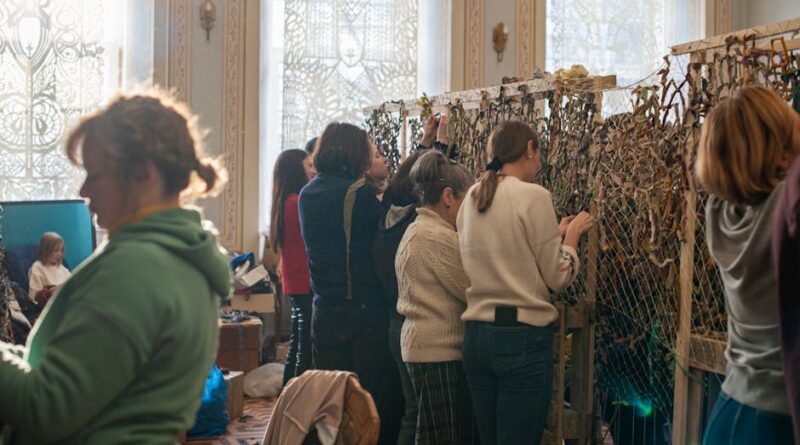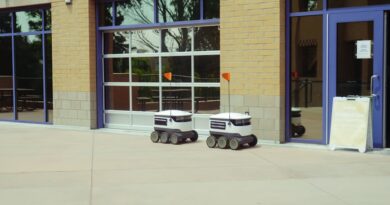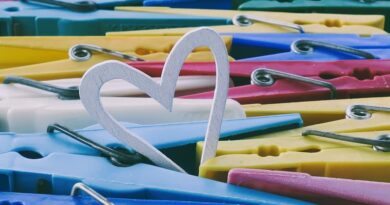Crafting Art with the Help of AI
Have you ever wondered how technology can change art? Today, artificial intelligence (AI) is stepping into the world of creativity. it’s not just about machines doing tasks anymore. AI can help us make beautiful art! Lets explore how this works and what it means for artists and art lovers alike.
What Is AI in Art?
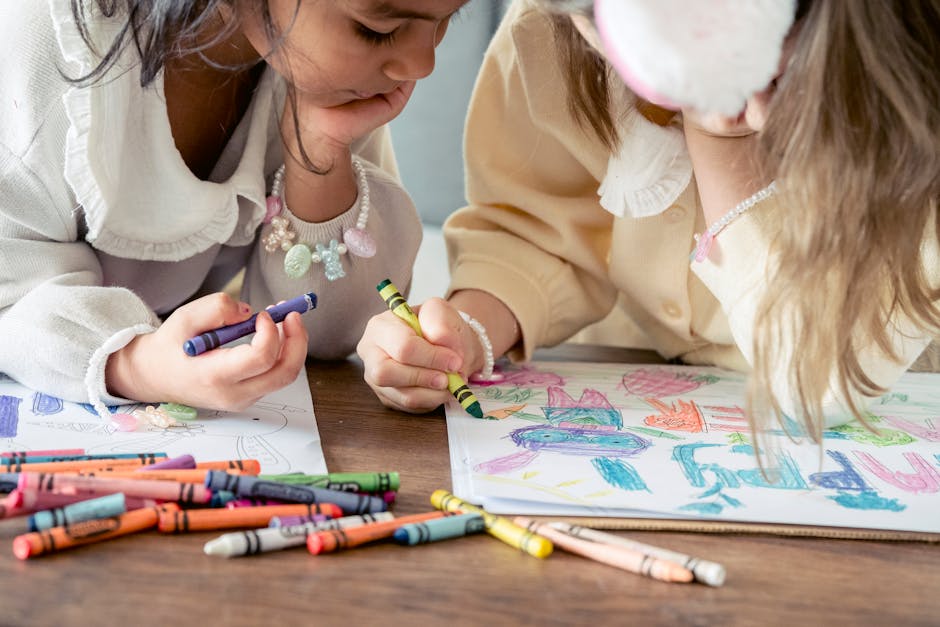
AI stands for artificial intelligence. It refers to computer systems that can perform tasks that usually require human intelligence. This includes learning, reasoning, and problem-solving. In the art world, AI can generate images, music, and even write poetry. It is like having a creative partner who can help bring ideas to life.
For example, have you seen AI-generated paintings? These pieces can look stunning and unique. Some AI programs analyze thousands of artworks to create something fresh. This technology makes art accessible to everyone, whether you’re an artist or just a fan.
How Does AI Create Art?
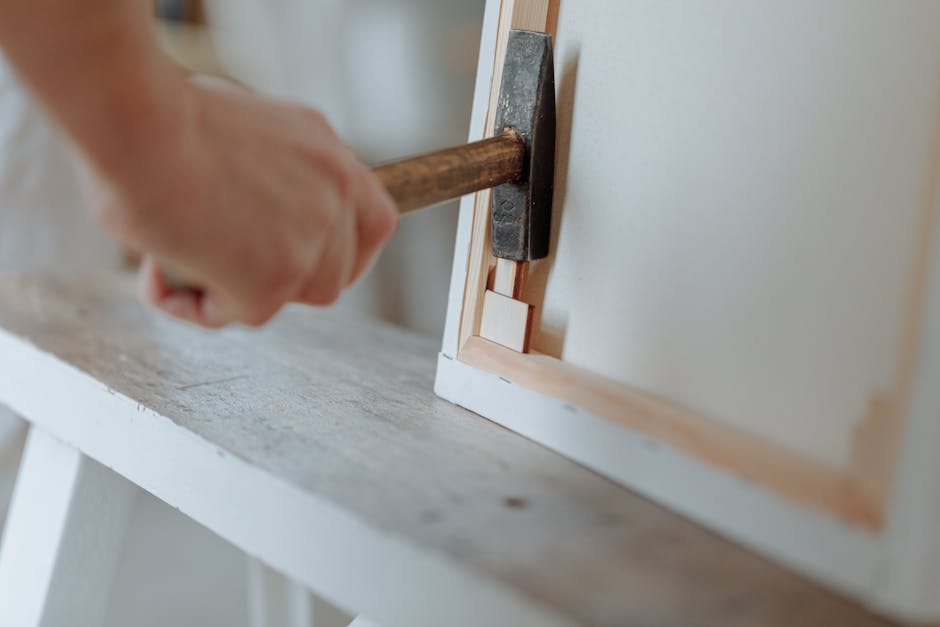
AI uses algorithms to create art. But what does that mean? Think of algorithms as recipes. Just like a recipe guides you through a cooking process, an algorithm guides the AI in creating art. It takes inputs, like images or styles, and combines them in new ways.
Heres a simple breakdown of the process:
- Data Collection: AI needs data to learn. It looks at thousands of images to understand styles, colors, and shapes.
- Training: AI practices by trying to create art based on what it has learned. It makes adjustments until it gets better.
- Creation: Finally, the AI creates new art pieces using it’s learned skills.
This is similar to how artists learn from studying other works. They watch, practice, and then create something unique!
Can AI Replace Human Artists?
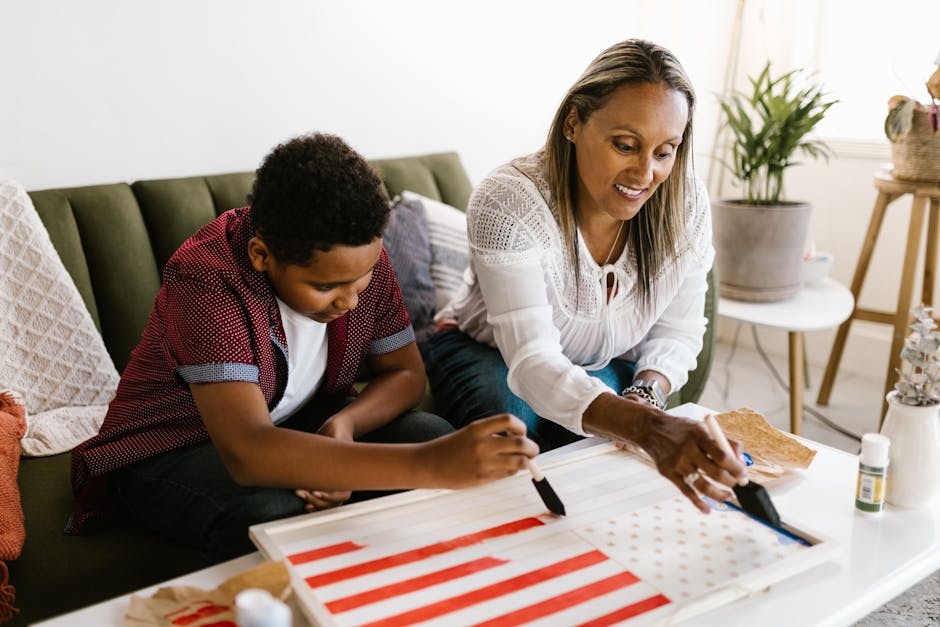
This is a common question. Many people worry that AI might take over the art world. However, AI is not meant to replace artists. Instead, it is a tool that can enhance creativity. Think of it as a new brush or a different kind of canvas.
Artists can use AI to:
- Explore New Ideas: AI can suggest new concepts or styles that an artist might not have thought of.
- Save Time: AI can handle repetitive tasks, allowing artists to focus on the creative parts.
- Collaborate: Some artists are using AI as a partner. They input their ideas, and the AI helps bring them to life.
In this way, AI complements human creativity rather than replaces it.
What Are Some Popular AI Art Tools?
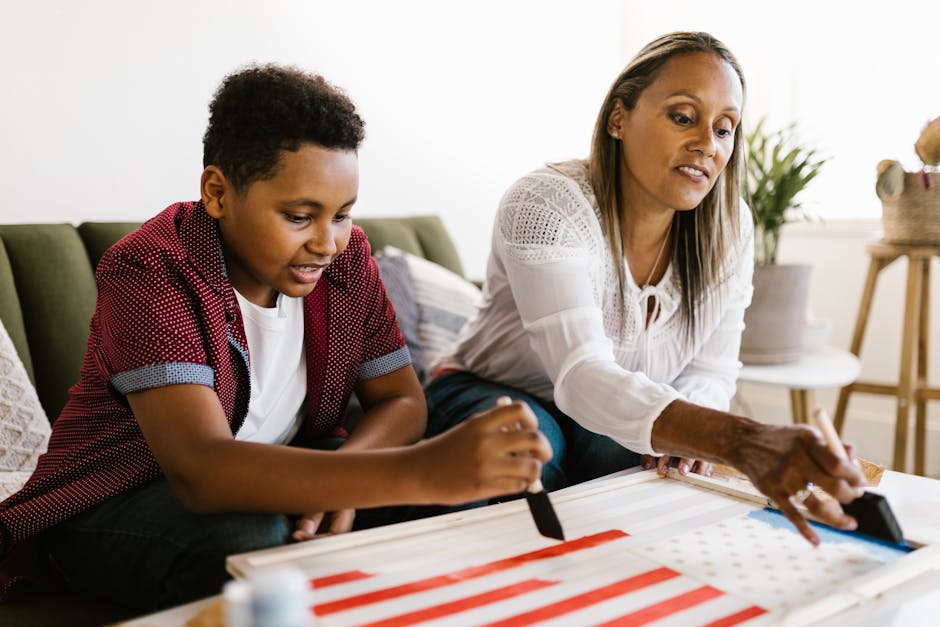
Numerous tools are available for artists interested in working with AI. Here are a few popular ones:
- DALL-E: This tool creates images from text descriptions. You can type in a cat wearing a hat, and it will generate an image based on that.
- DeepArt: This software turns your photos into artwork by applying different artistic styles.
- RunwayML: A platform that provides tools for artists to experiment with AI in video, sound, and images.
These tools allow anyone to experiment with art, making it easy to dive into creativity.
Can AI Be Creative?
Some people ask, “Can AI really be creative?” The answer is complex. AI does not have feelings or intentions like humans do. It cannot appreciate art or have emotional experiences. However, it can create works that people find beautiful.
AIs creativity lies in it’s ability to remix and reimagine existing ideas. For example, it can take the style of Vincent van Gogh and merge it with modern themes. The results can be surprising and captivating!
Experts in AI and art often say that the magic happens when humans and machines collaborate. The combination of human emotion and AIs data-driven creativity can lead to incredible results.
What Are the Benefits of Using AI in Art?
Using AI in art offers many benefits:
- Accessibility: AI tools allow people with no formal training to create art.
- Innovation: Artists can discover new styles and techniques.
- Inspiration: AI can spark new ideas that artists can develop further.
These advantages make art more inclusive and exciting for everyone.
What Are the Criticisms of AI in Art?
Despite the benefits, there are criticisms. Some artists worry that AI-generated art lacks the depth and meaning of human-made art. Others fear that reliance on technology might dilute traditional skills.
Moreover, the question of authorship arises. If an AI creates a piece of art, who owns it? The programmer, the user, or the AI itself? These concerns are vital as we move forward in this blending of technology and creativity.
Where Is AI Art Headed?
As technology advances, the future of AI in art looks bright. We can expect more innovative tools that further integrate with human creativity. Artists may find even more ways to express themselves with AI’s help.
Imagine a world where you can create art by simply describing your thoughts, and AI brings them to life. This future is closer than we think!
What Can You Do to Get Started with AI Art?
If you’re curious about AI art, here are some simple steps to get started:
- Explore Tools: Try out AI art generators like DALL-E or DeepArt.
- Join Communities: Engage with online groups focused on AI art. You can learn from others and share your creations.
- Experiment: don’t be afraid to play around with AI. Combine your ideas with what AI offers.
Getting started is easy, and the possibilities are endless!
Conclusion: Embrace the Future of Art
AI is changing how we think about creativity. It opens up new avenues for artists and art lovers alike. While it may raise questions, it also offers exciting opportunities.
As you explore AI art, remember that technology is a tool to enhance your creativity. Embrace it, experiment, and let your imagination soar!
For more insights on art and technology, check out this [link to a relevant article](https://www.artnews.com/art-news/news/ai-art-2023-1234567890/).
